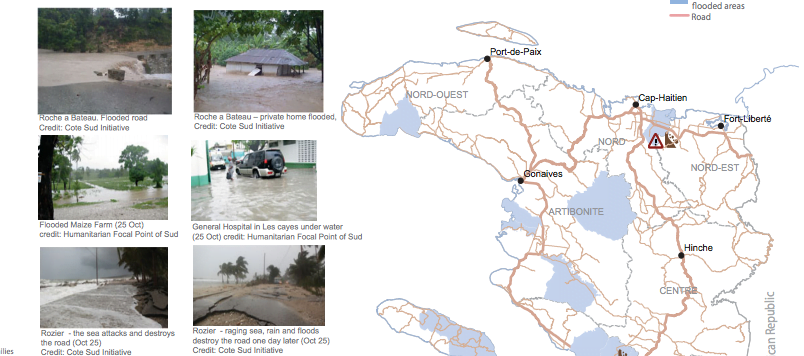The wealthiest city in the most powerful country on the planet is poised to get hit by an epic storm. Things will be bad, but the city of New York and the federal government of the United States has the capacity and wherewithall to manage this crisis.
But what happens when a storm or natural disaster of equally destructive magnitude hits a place that does not have that same ability to deal with a natural disaster? That’s when the UN comes in.
Disaster management is one of the things the United Nations does best. The UN’s Office for the Coordination of Humanitarian Affairs, better known as OCHA, has a long and proud track record of managing disaster relief. OCHA does not provide relief directly, but it coordinates the activities of groups like UNICEF, the World Food Program, the Red Cross and other NGOs and relief agencies. Think of OCHA as the world’s FEMA. It provides the kind of coordination and strategic disaster management when local or national authorities are unable to deal with a disaster on their own.
OCHA’s motto is “coordination saves lives.” They are correct.
Consider what is happening in Haiti right now. Though Hispaniola was spared a direct hit by Sandy, heavy rains pounded Haiti. At least 51 people were killed, and some temporary camps were washed out in the storm. OCHA is now busy assessing the needs of various communities affected by the storm, and working with NGOs and agencies to make sure the right groups are quickly and efficiently supplying the right supplies to the right communities.
Here is a map of Haiti, produced by OCHA to help varous NGOs navigate the country as they attempt to provide relief from the storm.
Not every country has the capacity to deal with disasters on its own. That’s why OCHA is such a critical part of the international humanitarian relief community. Without a UN office like OCHA, we would have a much, much harder time helping people in their time of desperate need.
